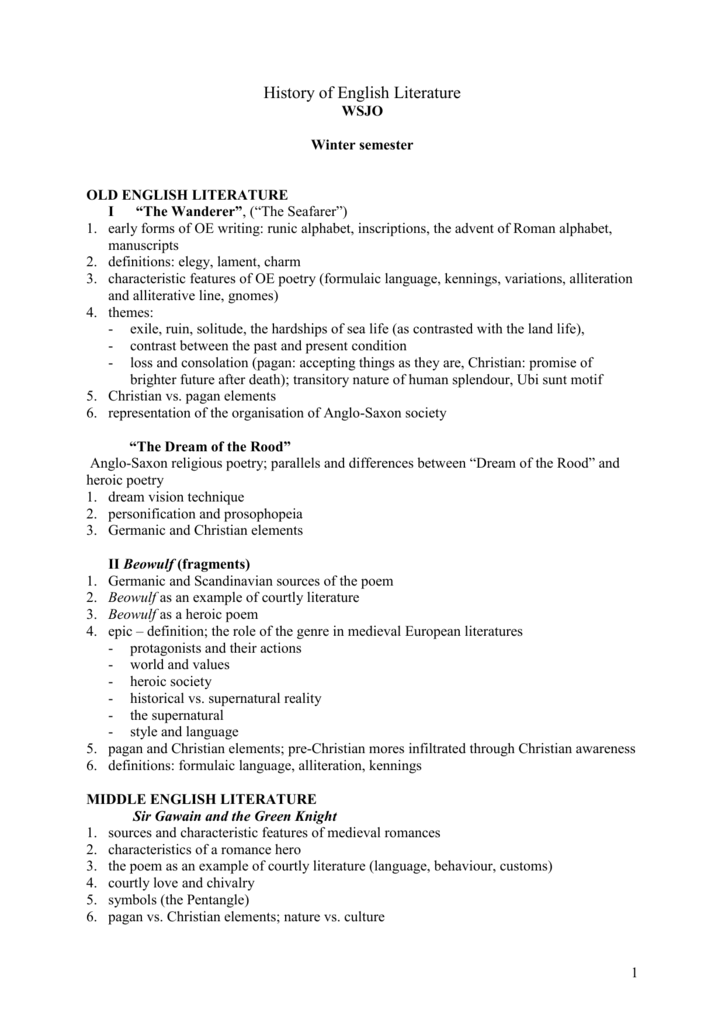

Sometimes alone and sometimes in company, Nicolson sets out in the footsteps of the two poets and their associates to discover, by familiarising himself with the surroundings in which they lived and moved, where their work came from.

It is not that one of these speakers is Wordsworth and the other is Coleridge rather that the poem, one in a collection of works born of extraordinarily fertile disagreement, makes room for two contradictory points of view and leaves them to co-exist without resolution. He cannot persuade the child to understand his undeniable logic – that she is now one of five offspring, not seven – while she cannot get him to accept an entirely different way of conceiving things and people (not that she is bothered by what he thinks). Take the gentleman speaker of “We Are Seven”, who wants to convince an eight-year-old girl sitting in a churchyard that, because two of her siblings are dead, they shouldn’t numerically count in a list of her brothers and sisters.

Garrulous or obtuse figures insistently rehearse their perceptions of the world, while their auditors with equal determination fail to be persuaded. Perhaps unsurprisingly, many of the poems included in Lyrical Ballads stage arguments or failed encounters between two people who cannot understand one another. While the mariner is condemned to repeat his penitential tale to strangers who do not want to listen to him and who try in vain to escape the narration of his crime, it is a precondition of “Tintern Abbey” that its auditor, a “dear, dear Sister”, will attend to the speaker with love, delight and sympathy.Ī detail from an illustration by Tom Hammick in The Making of Poetry. Each came to define himself against the other both of them were often in pain.įrom this sometimes agonised recognition of difference sprang two of the most arresting and celebrated English poems ever written: Coleridge’s “ The Rime of the Ancient Mariner” and Wordsworth’s “ Lines Composed a Few Miles above Tintern Abbey”. But as Wordsworth increasingly sought to dedicate himself to quarrying his memory, and argued for a conception of poetry as faithfully committed to the palpable truths of the real world, Coleridge strove all the more ardently for an apprehension of the divine and supernatural. Often heading out for nocturnal rambles, they took for inspiration the landscapes and people around them. Coleridge and the Wordsworths passed their time scurrying between one another’s houses, busily observing, thinking, talking and jotting down ideas and impressions. Others came to join them in what Adam Nicolson aptly describes, in his retelling of their annus mirabilis, as a refuge-cum-laboratory.

Wordsworth and his sister Dorothy had moved to the Quantocks in Somerset to be close to Coleridge, who with his wife and children occupied a damp and musty cottage (he called it a hovel) at Nether Stowey from 1797 to 1799. In the late 1790s, the period in which their writing partnership blossomed into Lyrical Ballads (1798), creative differences between the two men were just beginning to crystallise. They made an odd-looking pair: purposeful Wordsworth in stripy pantaloons with Coleridge, prone to distraction “The style of Coleridge and myself,” as Wordsworth told a friend, “would not assimilate.” They certainly made an odd-looking pair: the gaunt, intensely purposeful Wordsworth quaintly kitted out in stripy pantaloons, and Coleridge, inclined to flab and prone to distraction, with jutting brows, thick lips and bad teeth. They seem too conveniently to display, with the benefit of hindsight, what were soon to become glaringly obvious fault lines in temperament between Coleridge and Wordsworth between a mind that was capriciously rangy, self-destructive, ill disciplined and a mind that was determined, judicious, self-possessed. Such descriptions might prompt scepticism, and not only because Hazlitt was writing many years after his first meeting with Coleridge. Unlike William Wordsworth, Coleridge was said to prefer composing his verses while on uneven ground, “or breaking through the straggling branches of a copse-wood”, terrain he considered more likely than a smooth, uninterrupted surface to foster the making of poetry. William Hazlitt recorded many peculiarities of his teenage idol Samuel Taylor Coleridge, among which was the habit of walking zig-zag fashion in front of his companion, “unable to keep on in a straight line” while endlessly, brilliantly, talking.


 0 kommentar(er)
0 kommentar(er)
